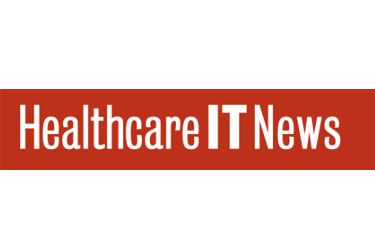
AristaMD Launches Enhanced Platform for PCPs to Expand Access to Specialty Care Referrals, eConsults
By Andrea Fox
APRIL 11, 2023 – The company says the new HIPAA-compliant integration can reduce specialist visits, improve patient access and minimize administrative overhead with customizable algorithms that route patient referrals.
AristaMD this week announced its new unified care transition platform, which it says will enable primary care practices to provide patient-to-provider specialty matching, process electronic referrals and access peer consultations to minimize patient wait times for specialties.
WHY IT MATTERS
The combined, analytics-based care transition platform supports primary care practices with end-to-end referrals and enhances the speed and delivery of patient care, according to Brooke LeVasseur, CEO of AristaMD.
“Ensuring patients get timely access to specialty care in the right setting is crucial for improving patient outcomes and controlling costs,” LeVasseur said in the announcement.

3 Ways a Teleconsult Reduces Costs and Improves Healthcare Quality
A teleconsult can reduce costs and offer an ideal solution for reducing costs and improving healthcare quality. Healthcare spending is rising, and healthcare organizations focus on improving patient satisfaction scores. These patients are uninsured, underinsured, or often have high-deductible health plans that make them reluctant to visit a specialist.
You can learn more about three specific ways immediate access to specialty care using a teleconsult within the primary care office reduces patient healthcare costs.
Doctors Nationwide are Experiencing Burnout
In 2016, U.S. healthcare spending increased by 4.3 percent, reaching a high of $3.3 trillion. This cost burden affects everyone across the spectrum of care. One growing trend intended to reduce overall healthcare costs is a shift to high-deductible health plans, with many patients responsible for paying more out-of-pocket costs than ever before. According to the Kaiser Family Foundation, consumer out-of-pocket spending rose six times the rate of wages over the past 16 years. Patient out-of-pocket spending now accounts for 30 percent of healthcare revenue. For instance, a patient is typically responsible for $300 of a $1,000 hospital bill.
Patients with high deductible plans are most likely to avoid seeking the care they need due to expensive out-of-pocket costs. According to the National Health Center for Statistics, almost 40 percent of the population ages 18 to 64 have high deductible health plans. By forgoing necessary care to save money, many patients’ conditions deteriorate to the point where they require a higher degree of care (including hospitalization), resulting in higher out-of-pocket costs and additional costs to payers and health systems. This dynamic is unacceptable and must be addressed within the shift to value-based care.
